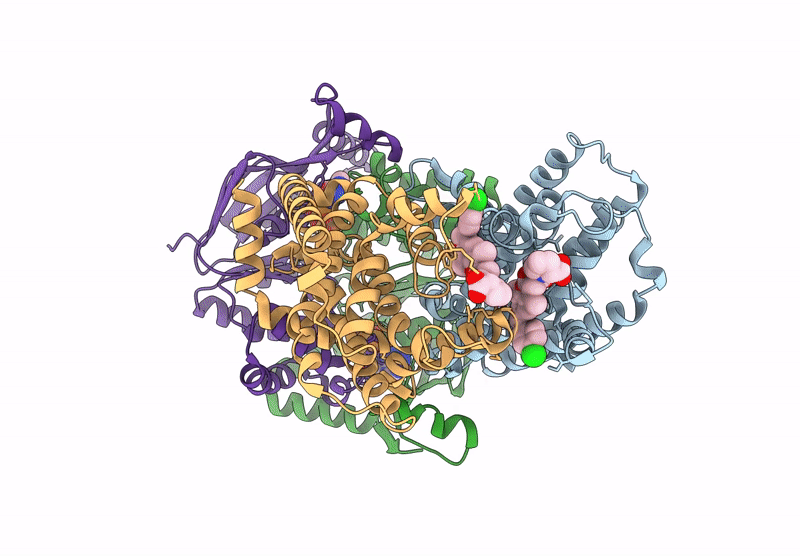
Deposition Date
2024-06-27
Release Date
2025-04-23
Last Version Date
2025-04-23
Entry Detail
PDB ID:
9CFP
Keywords:
Title:
Cryo-EM structure of S. aureus TarGH in complex with AMP-PNP and targocil-II
Biological Source:
Source Organism:
Staphylococcus aureus (Taxon ID: 1280)
Host Organism:
Method Details:
Experimental Method:
Resolution:
2.90 Å
Aggregation State:
PARTICLE
Reconstruction Method:
SINGLE PARTICLE


